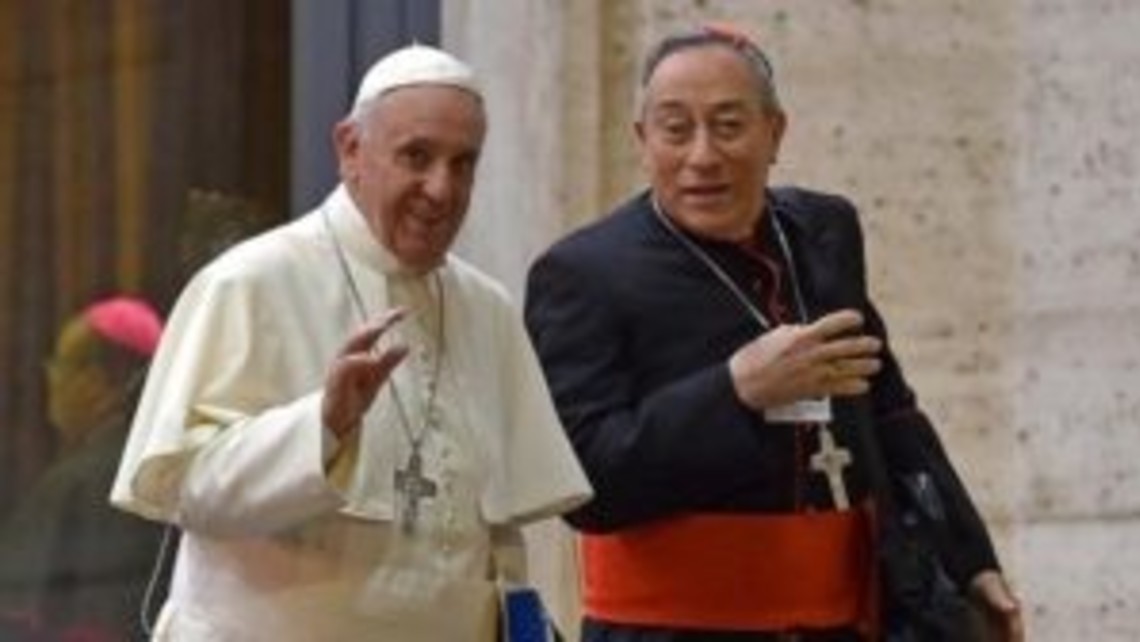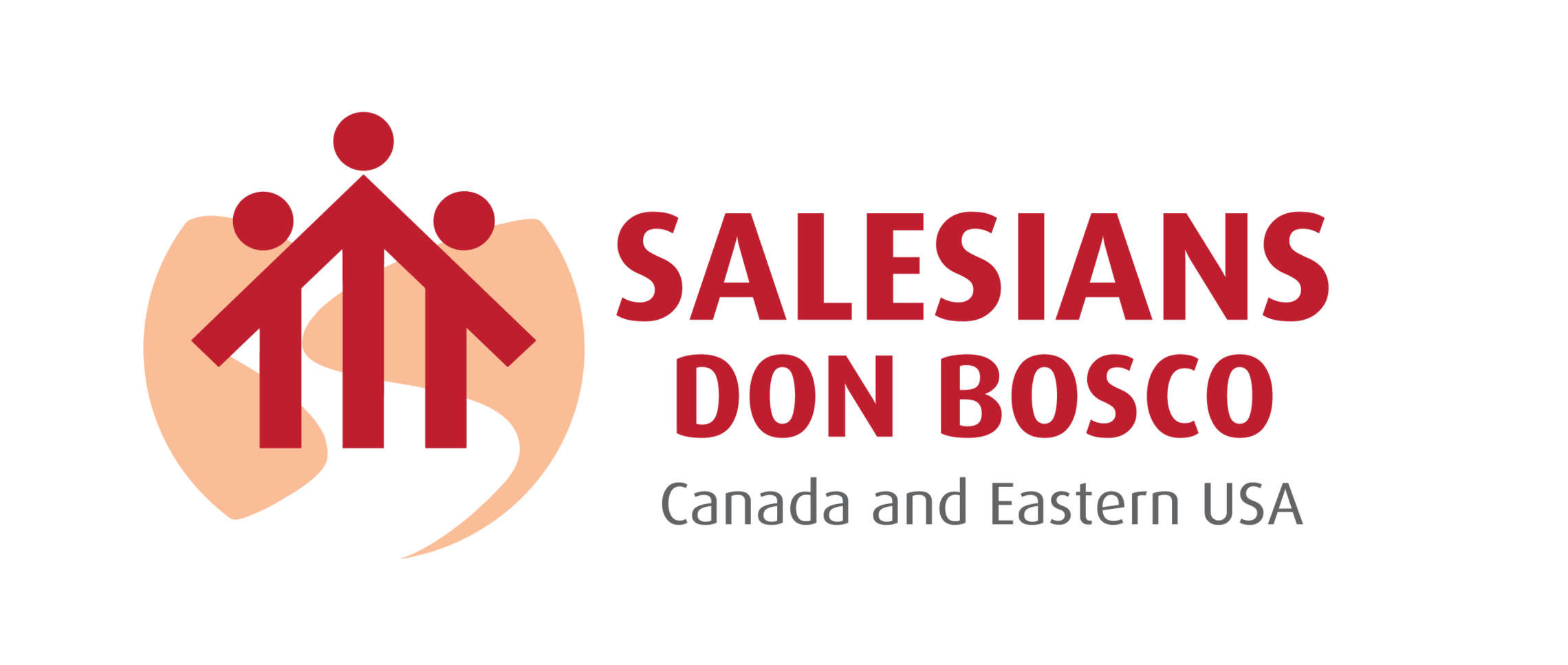
Memorial of Saint Anthony of Padua, Priest and Doctor of the Church
Dear Salesians of Don Bosco (and Salesian Family),
Two months ago, on Palm Sunday during the audience in Paul VI Hall, Pope Francis received students and teachers from Visconti High School in Rome. During their time together the Pope shared a message which I think is very relevant for SDB communities and our Salesian presences. He said that schools must promote a culture of encounter. “Please don’t be afraid of diversity. Dialogue between different cultures enriches the country, enriches our homeland: it teaches us to look to a future in which there is a place and a home for all, not just for some,” he said.
This theme of a culture of encounter is not new in the Pope’s messages, or to our communities. You will remember that we all reflected on this theme during the provincial visitations last year, connecting the culture of encounter with the GC27 theme of prophets of fraternity. A week before speaking with the students from Visconti High School, Pope Francis welcomed students, parents, and teachers from the San Carlo Institute in Milan. A teacher asked the Pope how to educate the students in confronting and encountering other cultures. “The Pope said that ‘multiethnicity’ and ‘multiculturalism’ are the water of life which, unlike distilled water, is tasty and quenches thirst. The Holy Father went on to urge teachers to encourage the young to grow in the culture of encounter, able to meet different people, and grow with differences.
In line with the emphasis Pope Francis has placed on the culture of encounter, I would like to propose to the SDB communities a plan for ongoing formation for this academic year, 2019-2020. It follows naturally from the reflections we shared on being prophets of fraternity. I propose that the SDB communities take full advantage of the various resources developed for the interculturality project. In addition to these resources, I ask that the members of each community consider how they will use “Eliminate Racial and Religious Discrimination: See Every Person as My Sister or Brother” from the CCCB and the recent document from the USCCB, “Open Wide Our Hearts: The Enduring Call to Love. A Pastoral Letter against Racism.” As Salesians of Don Bosco, our concern is not only to create community among our confreres, but we also believe that the religious community is the animating nucleus of the larger educational-pastoral community. Therefore, after the SDBs have used the resources for the interculturality project and racism among themselves, please consider how you might incorporate them into the ongoing formation of the educational-pastoral community. The USCCB website lists several educational resources and pastoral resources that were created to accompany the bishops’ letter against racism. How will you use some of them with your students, teachers, staff, parents, parishioners? In this way, the stronger fraternal relationships that we build in the religious community will extend into the EPC, and together we will better serve the mission. The family spirit so typical of the original Oratory will be experienced throughout our Salesian presence.
Here I would like to outline some elements of the interculturality project in which the province has been involved for the past 1½ years. All of these resources are available from any member of the interculturality team (Franco Pinto, Gus Baek, Miguel Suarez, and Tarcisio Dos Santos).
– “The Challenge of Intercultural Living – Anthropological and Theological Implications,” an article by Anthony J. Gittins, CSSp
– “Engaging Our Diversity,” a power-point presentation with discussion questions
– “Interculturality: Diversity Is Not Enough,” a video presentation by Sr. Adriana Milmanda, S.Sp.S., available on YouTube channel of the Center for the Study of Consecrated Life
– Lectio divina on the story of the Canaanite woman (Matthew 15.1-28) with questions to guide community reflections
– “Incorporating Cultural Diversity in Religious Life: A Report for the National Religious Vocation Conference” (NRVC), published by the Center for Applied Research in the Apostolate (CARA)
– “Interculturality in Religious Congregations: Challenges and Promise,” several documents from a workshop sponsored by the Canadian Religious Conference (CRC) on October 21, 2015
Our interculturality team is ready to help you use these resources effectively in the SDB community and the EPC. If the SDB community has not yet viewed the video, prayed the lectio divina, and conducted the community reflection, please be sure to put these into the community schedule early this year.
You may have already read the letter from Fr. Cereda in the Acts of the General Council 429, entitled “Encouraging Intercultural Communities.” By our participation in this interculturality project, we are moving in the direction of the Salesian Society. “Fraternity lived in the community, and especially in an international community, is the first and fundamental mission…. In this way communion opens up to the mission, it becomes mission itself.” (Cereda, AGC 429, pp. 48-49) He explains that an international community highlights the missionary dimension of every Salesian vocation, it cultivates an availability for the missions ad gentes, and it can inspire among our young people a willingness to volunteer for the missions.
The National Federation for Catholic Youth Ministry (NFCYM) YouTube channel has over 15 videos from a webinar series entitled “Fostering a Culture of Encounter with Young Disciples.” Some of them might be used for personal enrichment or formation with the youth ministry team.
I draw attention to some of the resources that the USCCB website offers to address the reality of racism in our society. There are a short video, lesson plans for every grade, bulletin announcements, prayer services, statements from bishops, and background studies, just to name a few. Many of these resources are available in both English and Spanish. As I visit the EPC councils this year during the provincial visitation, I will ask the leaders how they have incorporated some of these resources into their pastoral projects.
Why give attention to this concern of creating a culture of encounter? There are a good number of reasons. Salesian religious communities are prophets of fraternity, but that doesn’t happen spontaneously. We need to develop cultural competencies. The majority of our communities are multicultural; many of our works are multilingual. In order to pass beyond defensiveness and prejudice, to heal past hurts due to misunderstanding or insults, we need ongoing formation. What the Pope calls a culture of encounter, Salesians might call the Oratory. The family spirit is part of our identity; Don Bosco created a home that welcomes. The young people are looking for that experience today. A culture of encounter is a concrete way to live the Gospel in societies very much divided. We categorize people by place of birth, language spoken, the color of skin, allegiance to political parties, etc., and we fail to recognize the richness of our community because of its diversity. We fail to recognize the gift of the Holy Spirit that can maintain the uniqueness of each person without destroying unity. God loves each of us in our particularity, and at the same time, God loves all of us without limits, transcending boundaries. In the matter of respectfully encountering another person from a different race or culture, the young people are our teachers; they feel comfortably connected to a global reality. Facing what makes us different can be frightening because it can be a challenge to who we think we are. It is not by associating only with those who think like us, look like us, and believe like us that we get to know ourselves. It is in the presence of strangers that we will discover more of who we really are. As we become more comfortable in creating a culture of encounter, we will be better able to accompany the young into God’s Kingdom, because our own witness to the Gospel will be more credible. By our example, we will be showing the young how to live as missionary disciples of Jesus.
I conclude with one more reference to the Pope. At the general audience on June 5, he reflected on his recent visit to Romania. He commented that the meeting with young people and families, held in Iasi, was particularly intense and festive. It is a place, he remarked, “that invites us to open roads on which to walk together, in the richness of diversity.” Pope Francis went on to say that “this meeting also had a Marian dimension and ended with the young people and families being entrusted to the Holy Mother of God.”
Recognizing the richness of diversity in our religious communities and Salesian presences, we seek to walk together with the young and their families, with the other members of the Salesian Family, and with our colleagues, and we entrust this ongoing formation plan to the Mary, the Mother of the Church and Help of Christians.
In Christ, who prayed “that they may be brought to perfection as one” (John 17:23).
Fr. Tim Zak






